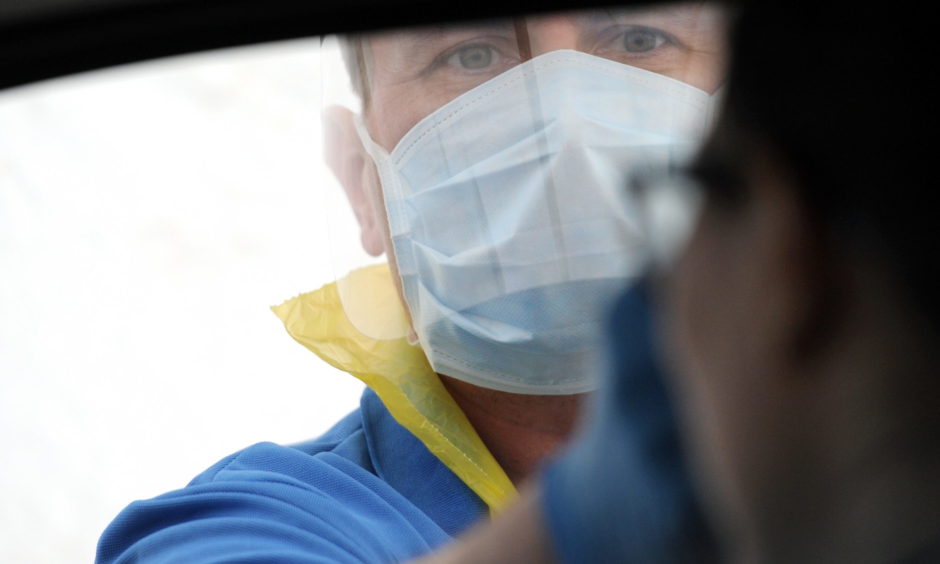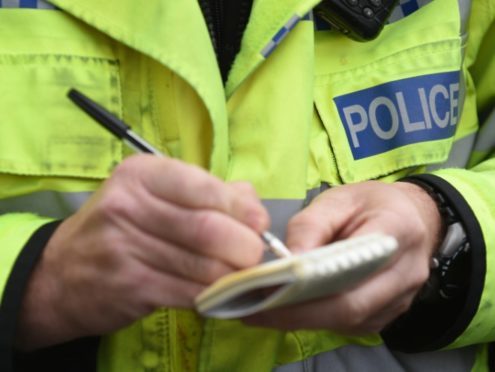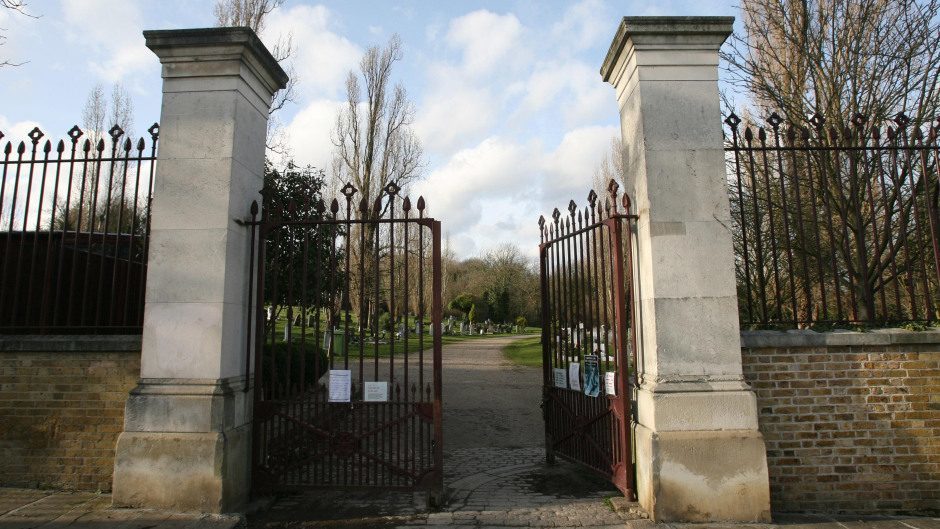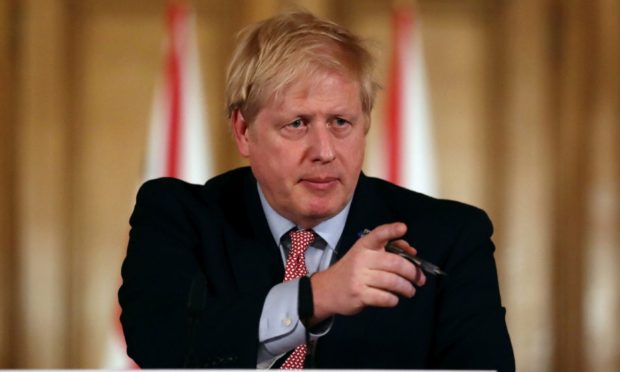Boris Johnson will on Thursday ask MPs to grant him a raft of emergency powers to combat the spread of the coronavirus.
In an unprecedented piece of peacetime legislation, the state will be granted the ability to arrest and isolate people to protect public health, take control of burials and close borders if ministers deem necessary.
The Coronavirus Bill will be time-limited for two years and Health Secretary Matt Hancock said the powers “will only be used when it is absolutely necessary”.
Human rights group Liberty have raised concerns about the scope of the Bill, however, saying the changes will result in a “drastic reimagining of state powers”.
Martha Spurrier, director of Liberty, said: “We’re facing a public health crisis like never before and in times of national upheaval, it’s essential we remain vigilant to any watering down of rights or overbearing restrictions on civil liberties.
“Not only would such an approach negatively impact those of us who are most at risk, it sets a dangerous precedent. We must not allow the hollowing out of human rights to become the go-to for the Government when it’s in a crisis.”
Below we take a look at some of key elements of the Bill.
Healthcare

- Existing mental health legislation powers to detain and treat patients who need urgent treatment for a mental health disorder and are a risk to themselves or others will be implemented using just one doctor’s opinion rather two.
- There will be temporary extension or removal of time limits in mental health legislation to allow for greater flexibility where services are less able to respond.
- Local authorities will be able to prioritise the services they offer in order to ensure the most urgent and serious care needs are met, even if this means not meeting everyone’s assessed needs in full or delaying some assessments.
- Recently retired doctors and nurses and medical students who are near the end of their training will be asked to help.
- Workers will be empowered to take emergency volunteer leave in blocks of two, three or four weeks of statutory unpaid leave.
- Healthcare providers will be legally protected from litigation for the work they are required to undertake as part of the Covid-19 response.
Domestic life

- The home secretary will be empowered to temporarily close and suspend operations at ports and airports if Border Force staff shortages result in a real and significant threat to the UK’s border security.
- The government will be able to restrict or prohibit events and gatherings during the pandemic in any place, vehicle, train, vessel or aircraft, any movable structure and any offshore installation and, where necessary, to close premises.
- The Bill will enable the police and immigration officers to detain a person, for a limited period, who is, or may be, infectious and to take them to a suitable place to enable screening and assessment.
Funerals

- If the scientific advice indicates that the number of people who might die from Covid-19 is likely to significantly exceed the capacity locally to manage the deceased and other contingency measures have been deployed, local government will have the ability to take control of a component or components of the death management process in their area. This may include an increase in the operating times of crematoriums, directing companies to use their vehicles to move bodies, or directing others not directly involved in the funeral sector, to provide necessary support.
